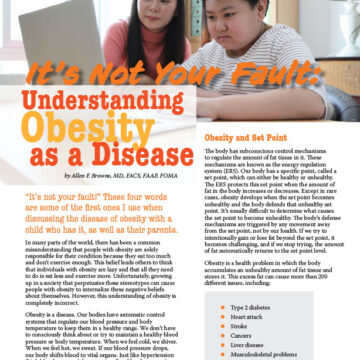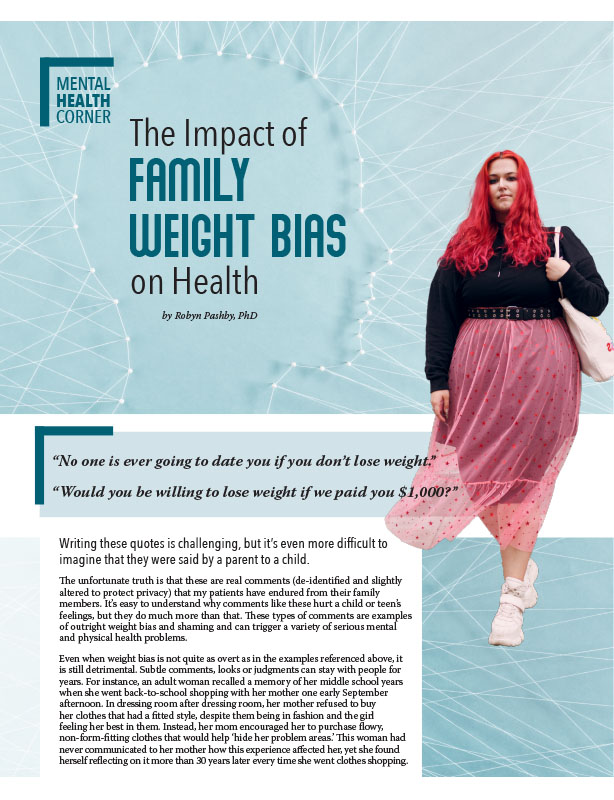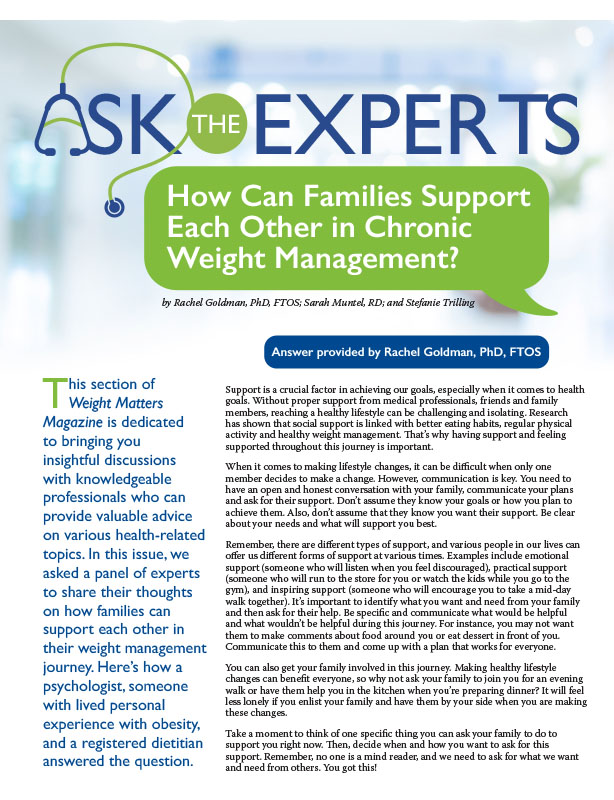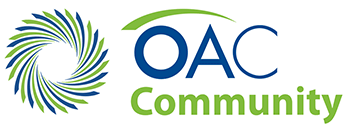The Impact of Technology on Our Health

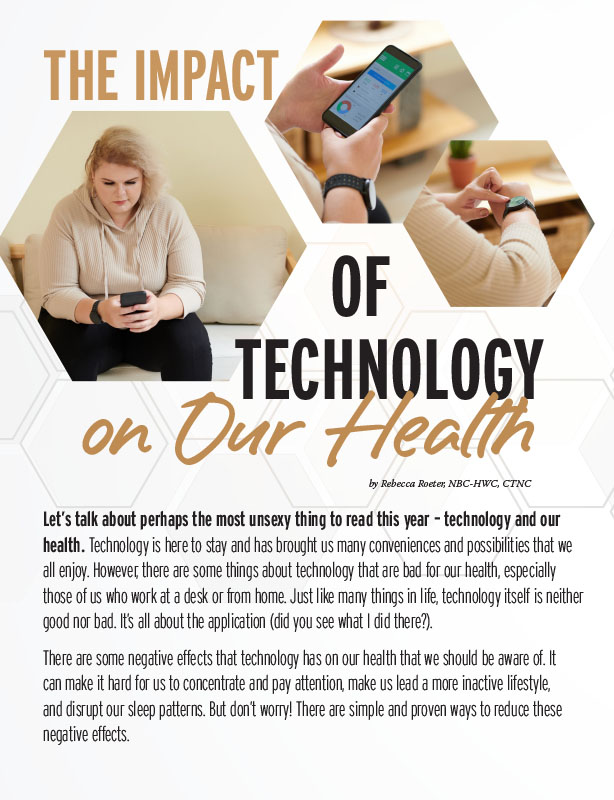
by Rebecca Roeter, NBC-HWC, CTNC
Summer 2023
Let’s talk about perhaps the most unsexy thing to read this year – technology and our health. Technology is here to stay and has brought us many conveniences and possibilities that we all enjoy. However, there are some things about technology that are bad for our health, especially those of us who work at a desk or from home. Just like many things in life, technology itself is neither good nor bad. It’s all about the application (did you see what I did there?).
There are some negative effects that technology has on our health that we should be aware of. It can make it hard for us to concentrate and pay attention, make us lead a more inactive lifestyle, and disrupt our sleep patterns. But don’t worry! There are simple and proven ways to reduce these negative effects.
Technology and Attention
First, let’s think about how technology affects our ability to concentrate. Anastasia Dedyukhina, who used to work in communications and digital marketing, realized that her constant use of technology was taking up too much of her attention. In her TEDx talk in 2016, she explained that technology is designed to keep us engaged all the time. She emphasizes that we can’t just rely on willpower to avoid using technology. Just like with any bad habits, we need to create structure and boundaries in our lives to help us develop healthier habits.
Technology and Physical Activity
Now, let’s move on to the second effect, which is leading a sedentary lifestyle. The evidence is clear – physical activity is really good for our health. According to the Centers for Disease Control (CDC), being physically active improves our brain health, helps us maintain a healthy weight, makes our bones and muscles stronger and reduces our risk of disease. Those are some pretty amazing benefits, and there are even more! However, the National Institutes of Health (NIH) has identified physical inactivity as the fourth leading cause of global deaths. So why aren’t we getting enough exercise?
Technology is one of the reasons why we aren’t moving around enough. I’m grateful that I can do a full day’s work on my computer, have online meetings with my teammates from all over the country, and even do all my shopping online during lunch. But I also realize that I don’t have to move a muscle or get my heart rate up to do these things. With all the research available, it’s clear that we need to address this issue for the sake of our physical and mental well-being.
Technology and Our Circadian Rhythm
Physical activity is an important natural function, and unfortunately, technology affects some other natural functions, too. One of them is our circadian rhythm, which is a natural cycle of physical, mental and behavioral changes that follows a 24-hour cycle. Our circadian rhythm affects our physical and mental processes and is primarily influenced by light and darkness. Sounds important, right? Well, not getting enough natural light and being exposed to artificial light, especially the blue light from our screens, can have negative effects on these important rhythms.
Reducing the Negative Effects of Technology
Okay, enough with the doom and gloom! Here are my favorite recommendations to reduce the unhealthy effects of technology.
Create a Daily Routine
Morning: Take 30-60 minutes in the morning without using your phone or computer. This is a good time to go for a walk, write in a journal or spend uninterrupted time with your family.
During the day: Plan specific times to check your email and social media, like 8 am, 12 pm and 3 pm.
Evening: Put your phone and computer away one to two hours before you go to sleep. Make your phone less tempting. Turn off notifications and avoid having social media or distracting apps. You can also make your phone less enticing by using a grayscale setting. I learned this tip from Tim Ferriss, the author of “The 4-Hour Workweek.” On an iPhone, go to settings, choose accessibility, select display and text size, pick a color filter, turn on the filter, and finally, choose grayscale (or color tint).
Set Expectations
One of the challenges with boundaries is letting others know what to expect from us, whether it’s coworkers, family or friends. When we consistently respond to emails or text messages right away, we create the expectation that we will always do so. That’s why it’s crucial to establish new, realistic expectations and then follow through with them. Feel free to articulate your communication response boundaries in your email signature.
Walk or Bike to Work
While it may not be possible for everyone, it’s worth considering. If you have the opportunity, walking or biking to work is a great way to incorporate daily exercise into your routine. When you rely on your bike as your main mode of transportation, it’s difficult to skip a ride home on a Friday afternoon. Remember, you don’t have to do this every day. It can be a few times a week or even just one day. The key is to make it manageable and realistic for you.
Move On Your Lunch Break
Many people spend their lunch breaks eating and scrolling through social media. However, this habit doesn’t provide a break from screens and can leave us feeling more drained than refreshed. Here’s a wonderful solution to incorporate more physical activity and reduce screen time: instead of scrolling, go for a walk, close your office door and do a 10-minute yoga session, or engage in a few sets of squats, push-ups and sit-ups. To make it even more effective, find a co-worker or friend to be your accountability partner and help you stick to this healthy habit.
Combine Movement with Scheduled Meetings
Try incorporating physical activity into tasks you already have to do. This concept, known as “pairing,” was introduced by Gretchen Rubin in her book “Better than Before.” When we pair activities that we enjoy with tasks we may not enjoy or that are required of us, our chances of success greatly increase. For instance, if you have a weekly meeting with your boss every Monday at 10 am, suggest turning it into a walking meeting. If you tend to get restless around 4 pm, but your team has a Zoom huddle at that time to prepare for the next day, consider using a treadmill desk or an under-desk elliptical/minibike to move while you participate in the meeting. By combining movement with these scheduled activities, you can maximize your productivity and physical activity simultaneously.
Get Natural Sunlight
Try to spend at least 20 minutes in natural sunlight each day, ideally before noon. Remember, even a couple of minutes is beneficial. It’s important to set achievable goals. For example, you can take a walk in the morning or read and journal on the porch during the warmer months. Some people have incorporated outdoor yoga or meditation practices into their routine, while others plan outdoor activities with their children in the morning to soak up the much-needed natural light. Find what works best for you and make it a part of your daily routine.
Reduce Blue Light
Aligning your body’s natural rhythms with the sun can be challenging in today’s modern world. However, there are tools available to help, such as blue light-blocking glasses and technology with blue light-blocking features. Personally, I find blue-light-blocking glasses to be helpful, especially during the winter months when I start wearing them around 7-7:30 pm. Yes, I may look a bit unusual, but the benefits of improved sleep and a healthier circadian rhythm make it worthwhile!
Conclusion
Technology has brought numerous improvements to our lives, but it can also have adverse effects on our health. However, by establishing a routine, setting clear expectations, incorporating physical activity, seeking natural sunlight and reducing screen time, we can minimize these negative impacts and foster a healthier relationship with technology. Striking a balance that enables us to appreciate the benefits of technology while prioritizing our well-being is crucial.
About the Author:
Rebecca Roeter, NBC-HWC, CTNC, is a lifestyle health coach located in the Pacific Northwest. With 15 years of experience in various healthcare roles, she is deeply committed to promoting preventative, lifestyle-based care. Through her coaching, Rebecca empowers individuals to proactively manage their well-being by adopting healthy, balanced and sustainable habits.
by Robyn Pashby, PhD Winter 2024 “No one is ever going to date you if you don’t…
Read Articleby Rachel Goldman, PhD, FTOS; Sarah Muntel, RD; and Stefanie Trilling Winter 2024 This section of Weight…
Read Articleby Ted Kyle, RPh, MBA; and Gwyn Cready, MBA Fall 2023 In a workshop last November, the…
Read Article





